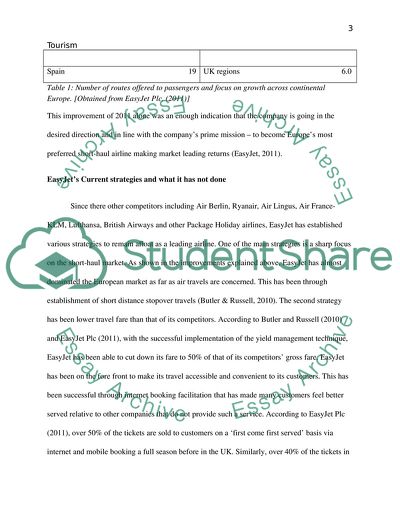Cite this document
(Easyjet Airlines and Its Productivity in the Airlines Industry Report, n.d.)
Easyjet Airlines and Its Productivity in the Airlines Industry Report. https://studentshare.org/tourism/1799105-business-report-easyjet-airlines
Easyjet Airlines and Its Productivity in the Airlines Industry Report. https://studentshare.org/tourism/1799105-business-report-easyjet-airlines
(Easyjet Airlines and Its Productivity in the Airlines Industry Report)
Easyjet Airlines and Its Productivity in the Airlines Industry Report. https://studentshare.org/tourism/1799105-business-report-easyjet-airlines.
Easyjet Airlines and Its Productivity in the Airlines Industry Report. https://studentshare.org/tourism/1799105-business-report-easyjet-airlines.
“Easyjet Airlines and Its Productivity in the Airlines Industry Report”. https://studentshare.org/tourism/1799105-business-report-easyjet-airlines.


